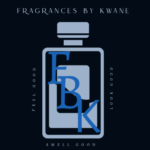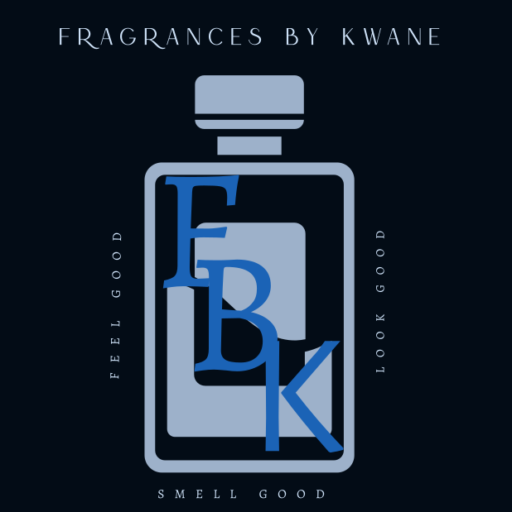The Mensing color wheel is a combination of colors in which potential customers are asked to choose what color combinations are their "most favorite" or "least favorite". By observation of the color combinations "not liked" chosen by the customer the aromatherapist or perfumer will not use certain fragrances such as "spicy", "woodsy", "floral" etc. to craft a desirable fragrance product. The "dislike color factor" eliminates 85% of fragrances used in crafting potpourris, soaps, bath salts, perfumes because the color not liked coincide with fragrances not liked.
Once the "not liked" fragrances are determined then the aromatherapist or perfumer can look at the color combinations chosen as "most liked" and begin crafting desirable fragrances by layering the fragrance combinations for the most desirable scents the customer has shown they will enjoy.
The basic knowledge of fragrances liked and disliked allows multiple products to be developed for the customer depending on the time of day, activity, and other personal factors. Soaps might have higher concentrations of a "fruity" fragrance since that fragrance is stimulating to the customer and the soap is used in the morning shower. The aromatherapist will layer the soap with a higher concentration of the fruity fragrances and use those as the "top notes" of the soap. "Top note" meaning the essential oils released first as the product is used. Essential oil is the oil derived from the herb not to be confused with fragrance oils which are generally oil based synthetic products.
If the customer applies a facial cream or oil then the aromatherapist would layer this product using less fruity fragrance and more "floral" as that is released slower during the day but must last longer since the cream is to last for hours.
It's the combination of desirable oils in specific products that can enhance the customers' lifestyle through fragrances most appealing to the customer.



